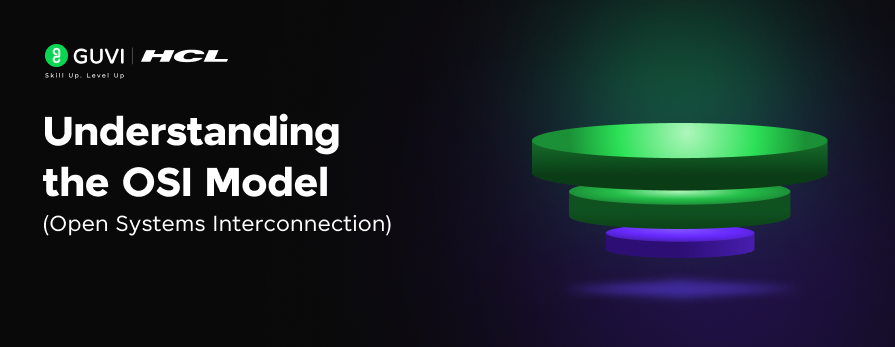
Understanding the Open Systems Interconnection (OSI) Model: A Complete Guide
Mar 04, 2025 3 Min Read 1759 Views
(Last Updated)
If you study computer networking or try to understand how systems communicate with each other, you will come across an important model called the Open Systems Interconnection (OSI) model!
This is very very important if you plan to become a software developer as it consists of all the foundational knowledge that one might require.
Let us see more about this OSI model in this article!
Table of contents
- What is the Open Systems Interconnection (OSI) Model?
- Conclusion
What is the Open Systems Interconnection (OSI) Model?
The Open Systems Interconnection (OSI) model is a conceptual framework created by the International Organization for Standardization that enables diverse communication systems to communicate using standard protocols.
The OSI Model is based on the concept of splitting up a communication system into seven abstract layers. The layers namely are Physical, Data Link, Network, Transport, Session, Presentation, and Application.
- Physical Layer
This layer includes the physical equipment involved in the data transfer, such as the cables, switches, and the electrical or optical signals that travel through these cables. This is also the layer where the data gets converted into a bit stream, consisting of 1s and 0s. The physical layer of both devices must also agree on a signal convention so that the binaries can be distinguished on both devices.
- Data Link Layer
The Data link layer facilitates data transfer between two devices on the same network. The data link layer takes packets from the network layer and breaks them into smaller pieces called frames. The data link layer is also responsible for flow control and error control in Intra-network communication.
- Network Layer
The network layer is responsible for facilitating data transfer between two different networks. It is unnecessary if two devices communicating are on the same network. The network layer breaks up segments from the transport layer into smaller units, called packets, on the sender’s device, and reassembles these packets on the receiving device.
The network layer finds the best physical path for the data to reach its destination; known as routing.
Network layer protocols include IP, the Internet Control Message Protocol (ICMP), the Internet Group Message Protocol (IGMP), and the IPsec suite.
- Transport Layer
This layer is responsible for end-to-end communication between the two devices. This includes taking data from the session layer and breaking them into smaller pieces called segments, before sending it to the network layer. The transport layer on the receiving device is responsible for reassembling the segments into data the session layer can consume.
The transport layer is also responsible for flow control and error control only for Inter-network communications. Flow control determines the optimal speed of transmission. The transport layer performs error control on the receiving end by ensuring that the data received is complete, and requesting a retransmission if it isn’t.
Transport layer protocols include the Transmission Control Protocol (TCP) and the User Datagram Protocol (UDP).
- Session Layer
This is the layer responsible for opening and closing communication between the two devices. The time between when the communication is opened and closed is known as the session. The session layer ensures that the session stays open long enough to transfer all the data being exchanged, and then promptly closes the session to avoid wasting resources.
- Presentation Layer
This layer is primarily responsible for preparing data, layer 6 makes the data presentable for applications to consume. It is responsible for translation, encryption, and compression of data.
Translation: If two devices communicating are using different encoding methods, in which case layer 6 is responsible for translating incoming data into a syntax that the application layer of the receiving device can understand.
Encryption: If the devices are communicating over an encrypted connection, layer 6 is responsible for adding the encryption on the sender’s end and decoding the encryption on the receiver’s end.
Compression: The presentation layer is also responsible for compressing data it receives from the application layer. This helps improve the speed and efficiency of the communication.
- Application Layer
This is the only layer that directly interacts with data from the user. Software applications like web browsers and email clients rely on the application layer to initiate communications. However, it should be made clear that client software applications are not part of the application layer; rather the application layer is responsible for the protocols and data manipulation that the software relies on to present meaningful data to the user.
Application layer protocols include Hypertext Transfer Protocol (HTTP) as well as Simple Mail Transfer Protocol (SMTP).
The OSI model’s layered approach helps to break down the complexities of networking into manageable sections, each with its specific responsibilities. By understanding these layers and their functions, networking professionals can better design, troubleshoot, and manage networks.
Conclusion
In conclusion, the Open Systems Interconnection (OSI) model is an essential framework for understanding how different systems communicate within a network. By breaking down the complex process of data exchange into seven distinct layers, the OSI model provides a clear structure that helps in the design, troubleshooting, and management of networks.
Each layer has specific responsibilities, from the physical transmission of data to the application layer that interacts with user data, ensuring that communication between systems is efficient and reliable.
Mastery of the OSI model is crucial for anyone looking to pursue a career in networking or software development, as it lays the foundation for comprehending how various network protocols and technologies work together to facilitate communication in the digital world.

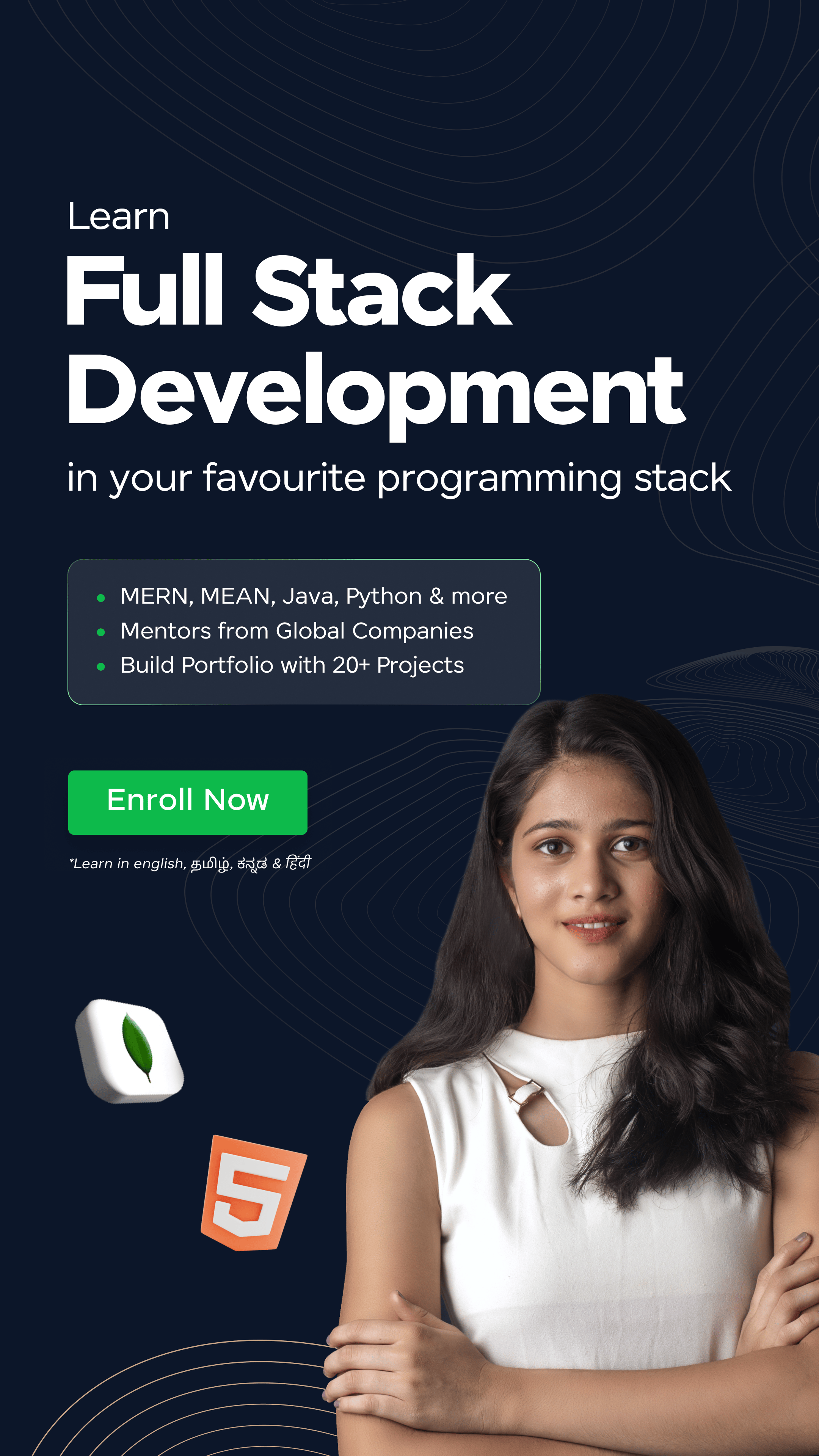




















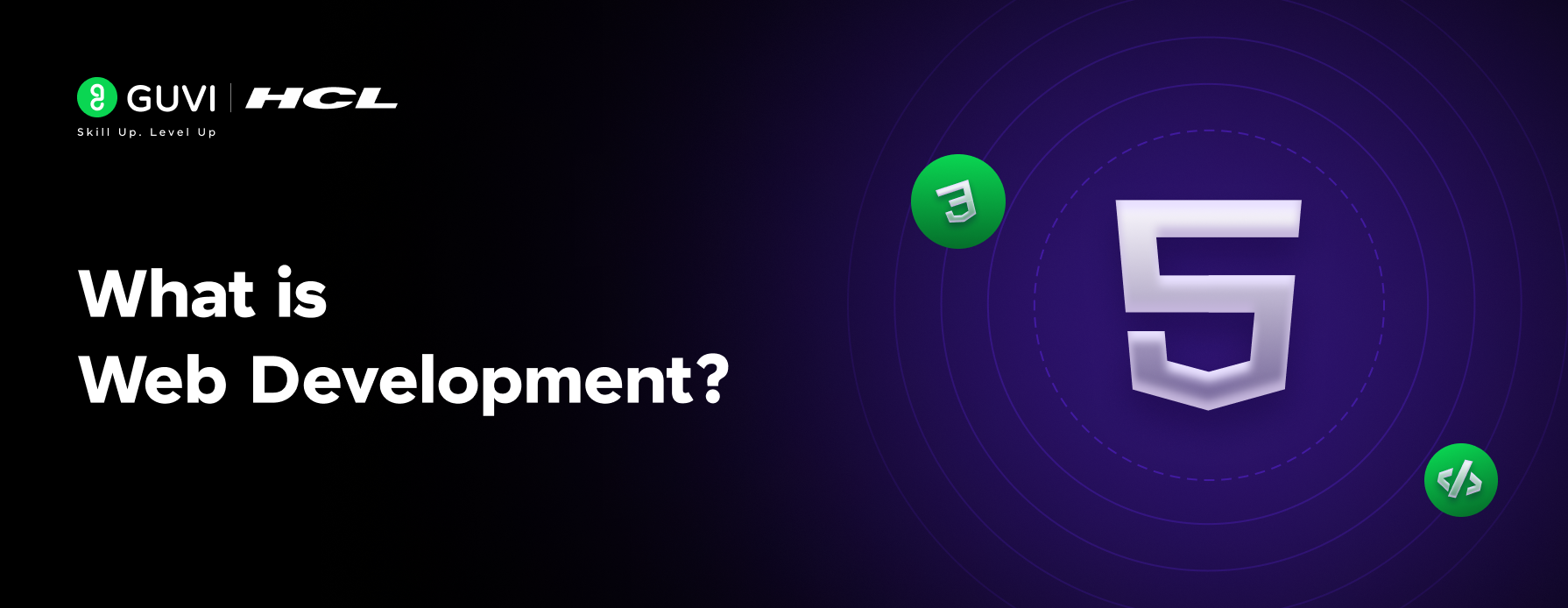
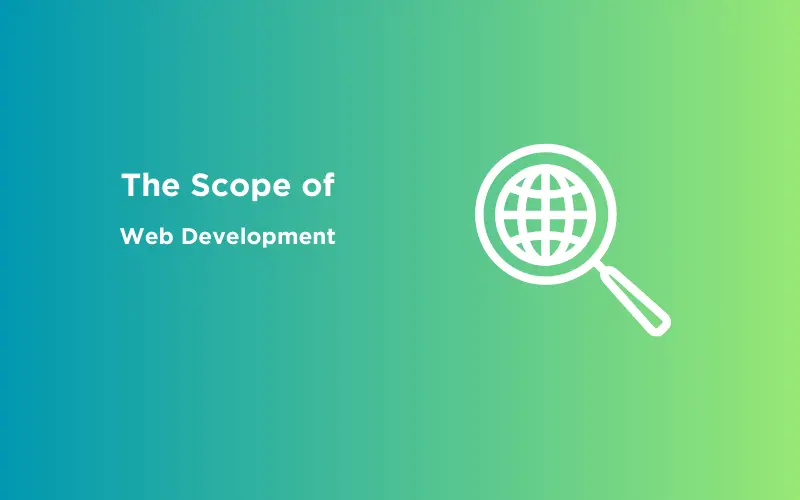
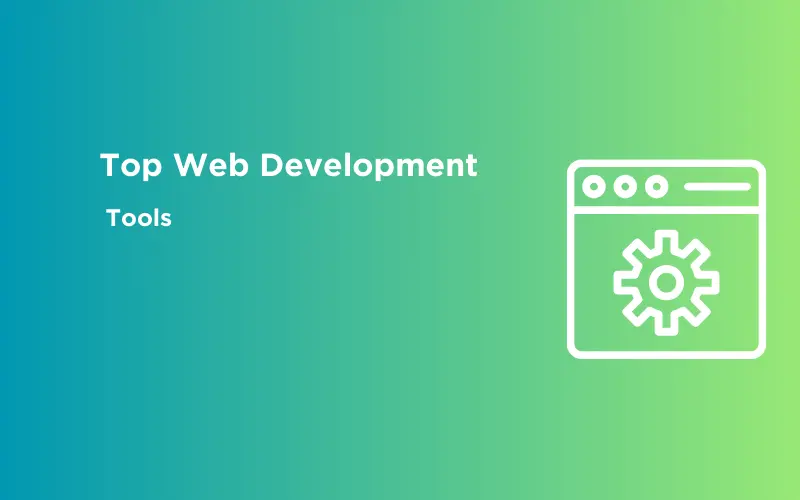

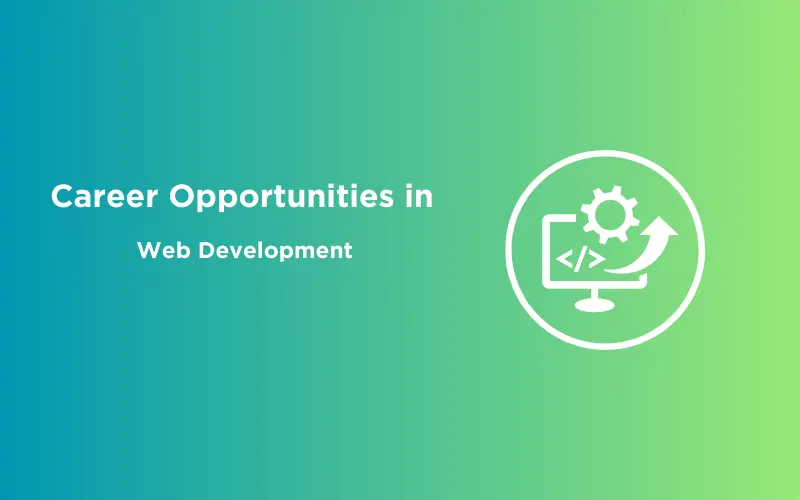





Did you enjoy this article?